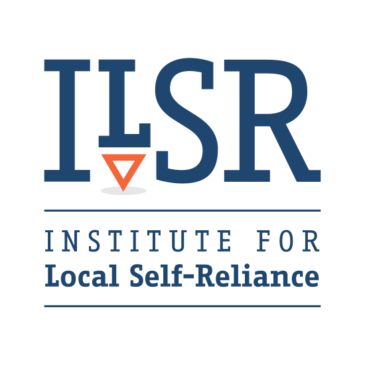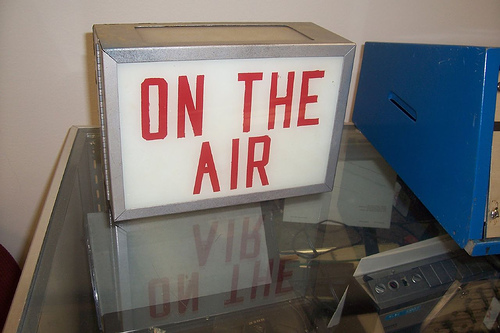Open Neighborhoods community solar makes solar PV in LA a homerun
Residential solar PV in Los Angeles is getting a huge boost from a new community solar buying group. With typical residential installation costs for crystalline solar PV, residents would see a 20-year payback on a solar PV installation or a minimal 2% IRR on a 25-year investment (without factoring an inverter replacement). But what about a … Read More




